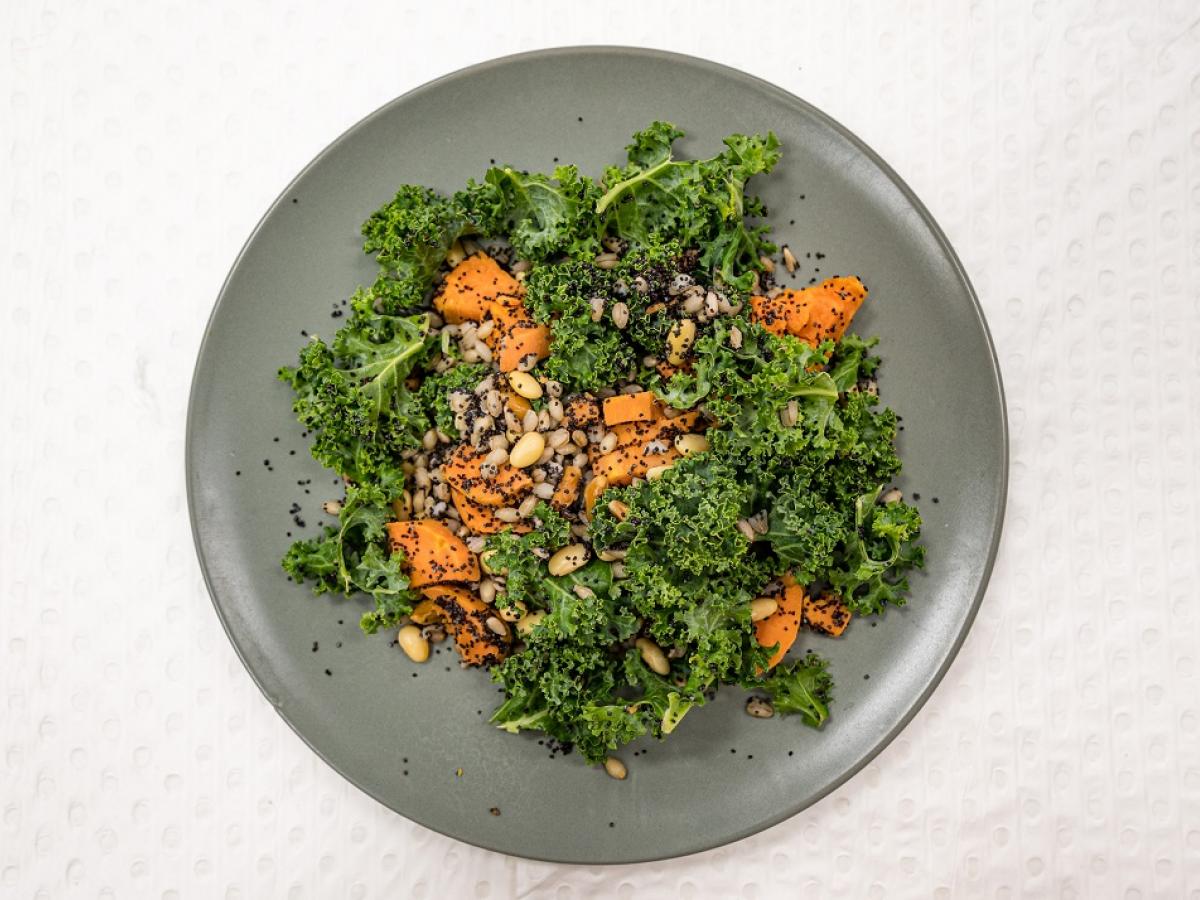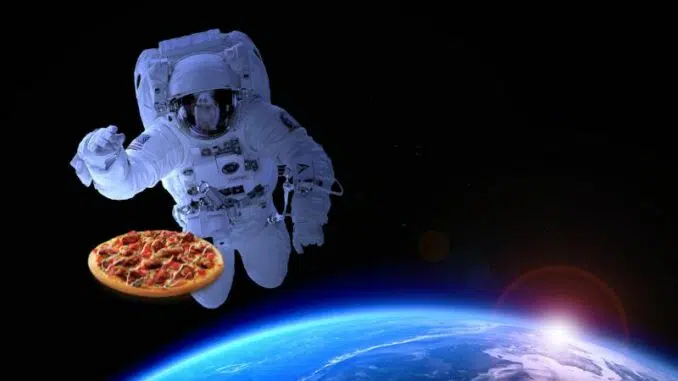If humanity really takes up the exploration of outer space beyond low Earth orbits, we will need to solve the problem of recycling resources on an extraterrestrial base or on board an interplanetary spacecraft. Obviously, it is impossible to achieve this goal without the use of plants grown in onboard greenhouses. They will not only purify the atmosphere of the spacecraft from carbon dioxide and saturate it with oxygen, but also produce nutrients for astronauts. Scientists from the Australian University of Adelaide and the British University of Nottingham tried to imagine what such a “space dish” would look like.
As a result, the university staff have received a recipe for a “space salad” consisting of several crops that have already been grown on the International Space Station. At the same time, it contains all the nutrients needed by humans during a mission to orbit or into deep space. The salad consists of peanuts, sweet potatoes, sunflower seeds, soybeans, poppy seeds, barley and kali cabbage leaves.
Shaken not stirred
Scientists have taken as a basis the requirements for calorie content and vitamin content in the daily diet of astronauts, formulated earlier in a NASA study. They created a computer model that allowed them to make the best combination of plant products without the need for their complex culinary processing. The resulting product was offered to the volunteers to try, who overwhelmingly found it delicious.

“While there are dozens of crops that can fulfil an astronaut’s nutrient requirements, we needed to find those that could pack a punch and deliver the calories needed in smaller portions that could be grown in a small space,” explained Volker Hessel, one of the project leaders, professor at the University of Adelaide and scientific director of the Space Resources Center.
The team examined over a hundred different plants and selected those that could provide a complete and calorie-balanced diet, and would also include no more food mass than people usually consume on Earth. In the course of research, the choice narrowed down to a dozen. The plants had to meet, for example, criteria such as the possibility of growing on hydroponics (without soil) and the least need for fertilizers. But the taste compatibility of different components was considered an equally important factor.
The taste and color…
Other features of “space nutrition” were also evaluated — texture, freshness, smell and even the effect on the mood of astronauts. “Food is such an integral part of staying healthy and happy and there are many factors that contribute to this,” said Shu Liang, a graduate student at the School of Biological Sciences at the University of Nottingham. — As well as the nutritional values and ability to grow the plants in space we also looked at other important aspects of a space diet to promote astronaut well-being including colour, taste and eating together.” Scientists set out to develop systems and components of the space economy for long-term space missions to meet the nutritional and psychological needs of their participants.

The psychological test “The Harmonic Psychology of a Space Salad” was conducted by a graduate of the Department of Planetary Research of the City College of New York, Carolina Rivera-Osorio. The prepared dish was tasted by four volunteers, and one even announced that “wouldn’t mind eating this all week as an astronaut.” The next stage of the research will be the use of computer modeling to design chambers for growing salad components and systems that will help them grow.
Earlier we told how the ISS crew met simple hygienic needs.
Follow us on Twitter to get the most interesting space news in time
https://twitter.com/ust_magazine

